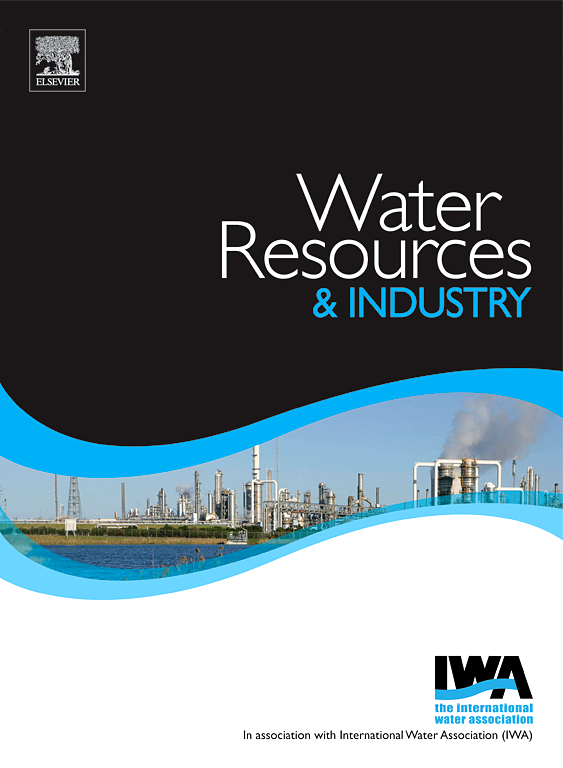铅、铝、铜、铁电极对舱底水高效电化学净化方法的研究与比较
IF 7.5
3区 工程技术
Q1 WATER RESOURCES
引用次数: 0
摘要
研究了电化学技术在船舶舱底水处理中的应用效果。舱底水成分复杂,含有海水、淡水、液压油、油脂、油类、重金属等污染物,对海洋环境构成潜在威胁。国际海事组织(IMO)对舱底水的处理和排放有严格的规定。本研究提出的电化学处理技术采用铝/铜电极,通过电化学氧化、还原、混凝、浮选四个步骤对废水进行净化。实验结果表明,该工艺可有效降低75%的碱度,将pH值降至7 ~ 8之间,降低78%的硝酸盐,并在30 min内几乎完全去除游离氯和铜浓度,但硫酸盐的去除率有限。与传统处理方法相比,铝/铜电化学技术具有能耗低、化学品用量少、环境兼容性好等优点,符合联合国可持续发展目标6 (sdg 6)、可持续发展目标12 (sdg 12)和可持续发展目标14 (sdg 14),是处理舱底水的理想选择。本文章由计算机程序翻译,如有差异,请以英文原文为准。
Research and comparison of efficient electrochemical purification methods for bilge water using lead, aluminum, copper, and iron electrodes
This study targets the effectiveness of electrochemical technology in treating bilge water from ships. Bilge water is complex in composition, containing seawater, freshwater, hydraulic oil, fats, oils, heavy metals, and other pollutants, posing a potential threat to the marine environment. The International Maritime Organization (IMO) has strict regulations regarding the treatment and discharge of bilge water. The electrochemical treatment technology proposed in this study uses aluminum/copper electrodes, purifying the wastewater through four steps: electrochemical oxidation, reduction, coagulation, and flotation. Experimental results showed that this technology could effectively reduce the alkalinity by 75 %, lower the pH value to between 7 and 8, reduce nitrate by 78 %, and nearly completely remove free chlorine and copper concentrations within 30 min. However, the removal of sulfate was limited. Compared to traditional treatment methods, the aluminum/copper electrochemical technology offers low energy consumption, reduced chemical usage, and good environmental compatibility, aligning with the United Nations' Sustainable Development Goals 6 (SDGs 6), Sustainable Development Goals 12 (SDGs 12), and Sustainable Development Goals 14 (SDGs 14), making it a promising alternative for bilge water treatment.
求助全文
通过发布文献求助,成功后即可免费获取论文全文。
去求助
来源期刊

Water Resources and Industry
Social Sciences-Geography, Planning and Development
CiteScore
8.10
自引率
5.90%
发文量
23
审稿时长
75 days
期刊介绍:
Water Resources and Industry moves research to innovation by focusing on the role industry plays in the exploitation, management and treatment of water resources. Different industries use radically different water resources in their production processes, while they produce, treat and dispose a wide variety of wastewater qualities. Depending on the geographical location of the facilities, the impact on the local resources will vary, pre-empting the applicability of one single approach. The aims and scope of the journal include: -Industrial water footprint assessment - an evaluation of tools and methodologies -What constitutes good corporate governance and policy and how to evaluate water-related risk -What constitutes good stakeholder collaboration and engagement -New technologies enabling companies to better manage water resources -Integration of water and energy and of water treatment and production processes in industry
 求助内容:
求助内容: 应助结果提醒方式:
应助结果提醒方式:


